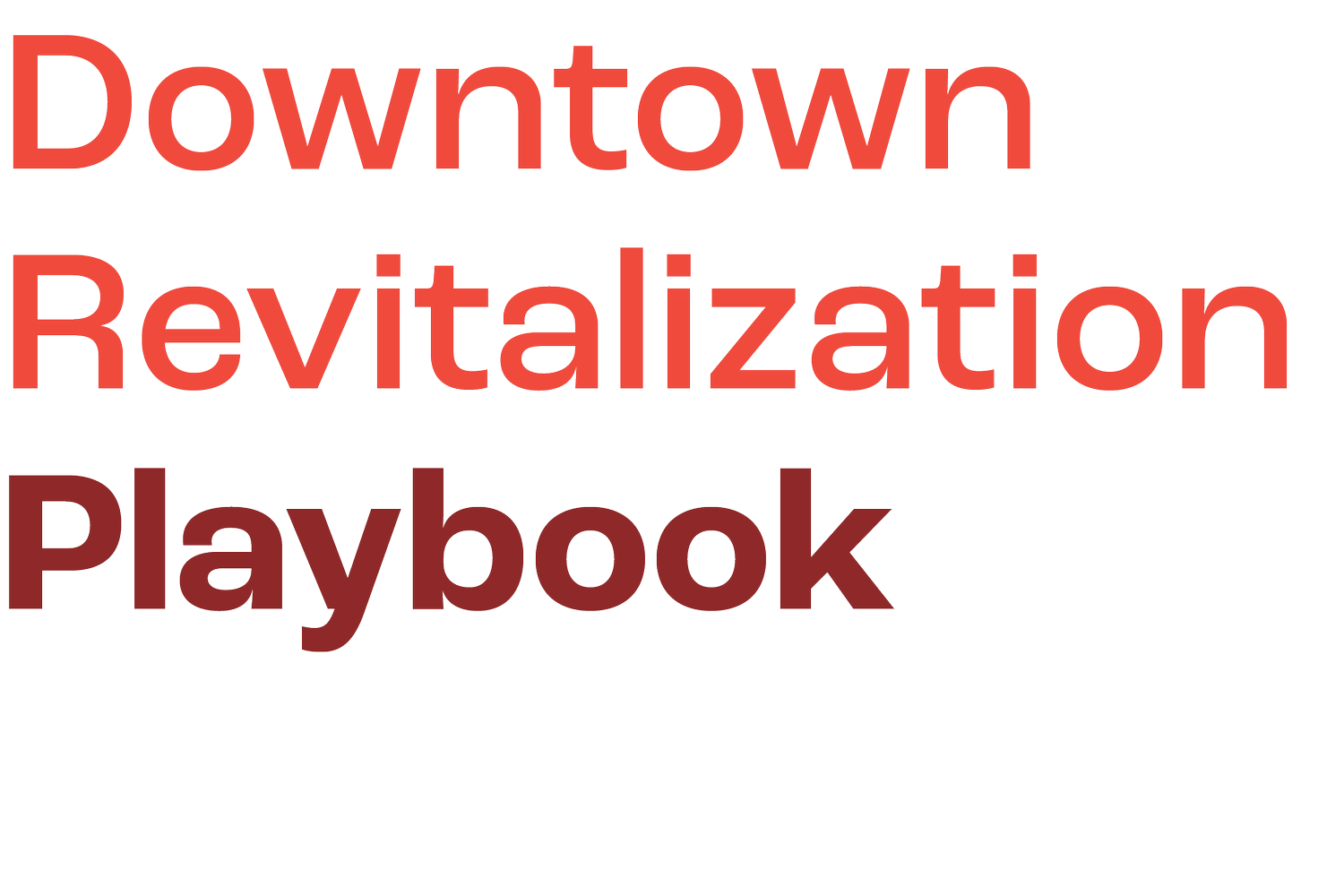
Capital Stack:
Subordinated Debt
Concessionary Capital (Repayable): These are types of repayable capital where investors make concessions by allowing a lower rate of financial return in exchange for a social return. These may be in the form of loans offering a below-market interest rate or patient payments. If Traditional Debt Financing has been arranged with another investor, then payments will be made to that investor first, and remaining revenue will patiently be used to pay back this concessionary capital lender over time. Concessionary capital includes Impact Investing which focuses on social benefits. Here are a few strategies for concessionary capital:
Bridge Loan: Some nonprofits and small government agencies do not have enough upfront capital to administer grant awards so they need a line of credit. Most federal grants are “reimbursement grants,” which means the organization awarded the grant must pay for the initial expenses and then is reimbursed later. Unfortunately, this also means disadvantaged communities in Appalachia who need grant funding the most have trouble gaining grant funding because they do not have the upfront capital to implement the project. More banks, foundations, and other lenders are needed who will provide patient capital, offering a line of credit to organizations who have been awarded a grant. This way organizations can use that line of credit to pay initial expenses for the project, and then wait to pay the lending institution until they are reimbursed by the grant funder.
Philanthropic Local Impact Investments: This type of concessionary investment is dedicated to a specific project, such as the Hazard Art Station. Appalachian Arts Alliance received a $250K conversion loan from Appalachian Impact Fund (AIF) with the provision that they raise $50K from the community first. AIF offered the $250K loan with the understanding that $100K could be forgiven if payments were made consistently on time for 5 years. As another example, some of these go through an intermediary that shares the investor’s mission. For instance, a foundation gave West Virginia Food and Farm Coalition (WVFFC) a loan for equipment, but instead of the farmer buying it and owning it, and the farmer giving it back if they default on the loan, WVFFC started more of a “rent to own” process where WVFFC retains ownership of the equipment until the last payment is made. This reduces the risk for the farmer because if they cannot make their payments, it does not ruin their credit which could prevent them from gaining loans in the future. Instead, if they can no longer make payments, the farmer just returns the equipment, and WVFFC can then rent it to another farmer.
Recoverable Grants: This is when an organization makes a grant and they expect to get the principal back through regular payments. However, both parties have an understanding that if the borrower can no longer make payments, then it is forgiven. The hope is that the capital will be paid back so that it can then be regranted to others. For instance, $150K of the $250K conversion loan AIF awarded the Hazard Art Station is a recoverable grant, because AIF hopes this capital will be repaid and can then be lent to others.
Local Investment: This often creates local ownership. Princeton offers an interesting example: a mission-driven investor wanted to help revitalize downtown and help locals take ownership of a downtown building. The investor bought the building and is now making it possible for a non-traditional group of residents to gain equity in the building by paying a low monthly rate of about $50. The residents, including a few millennials and low-income individuals, are providing their own sweat equity to renovate the building and engage new businesses to occupy it. In the end, the investor will have gained back the original investment with a small return, and the community members will gain ownership of the building while playing a role in transforming their downtown.

